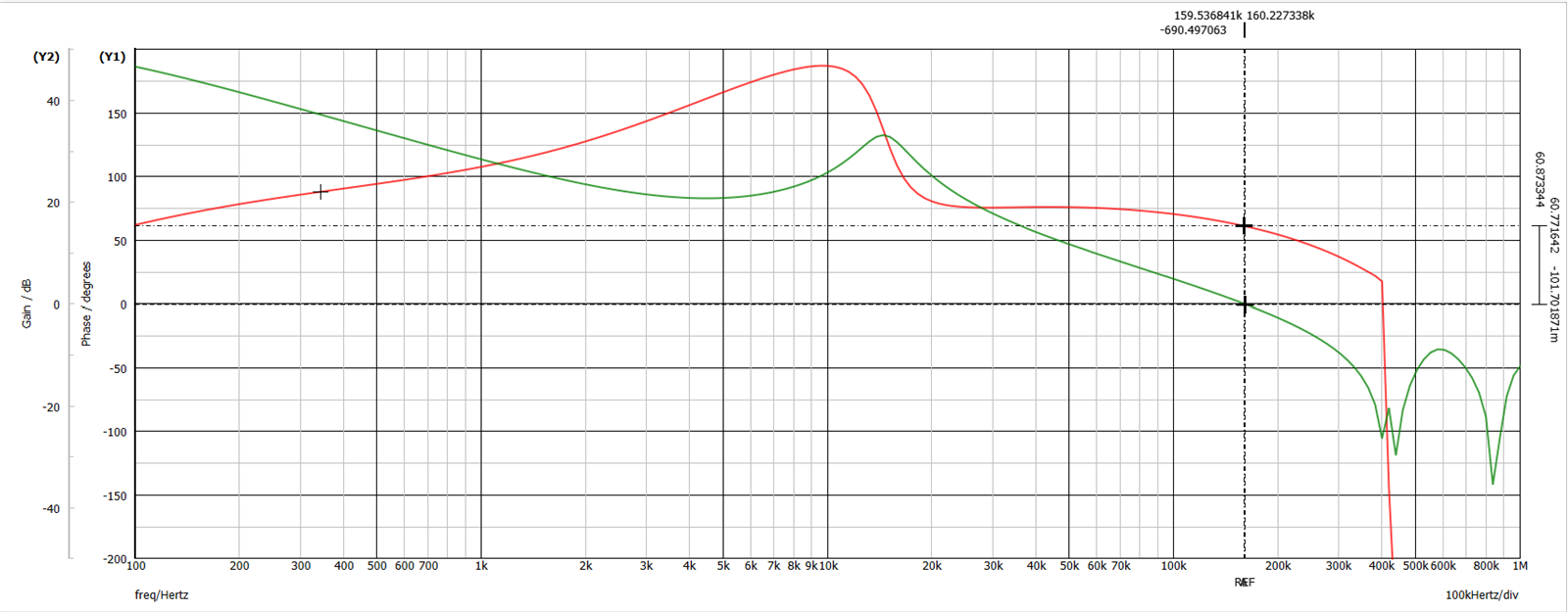Other Parts Discussed in Thread: TPS54678
Hi team,
For a design my customer is planning on implementing the TPS549D22 switcher. They have simulated the load transient response with the Webench tool and changed the inductor & capacitance values. The voltage drop seems OK, - please see the attached Webench report.
They would like to see if the loop stability is ok by looking at the bode plots, phase/gain margin and crossover frequency. However, in the Webench tool, these are not available for the TPS549D22 (for the TPS54678RTER these are available when they generated the Webench report). Is there an alternative way of getting these details?
Thanks for the support,
Obinna.


